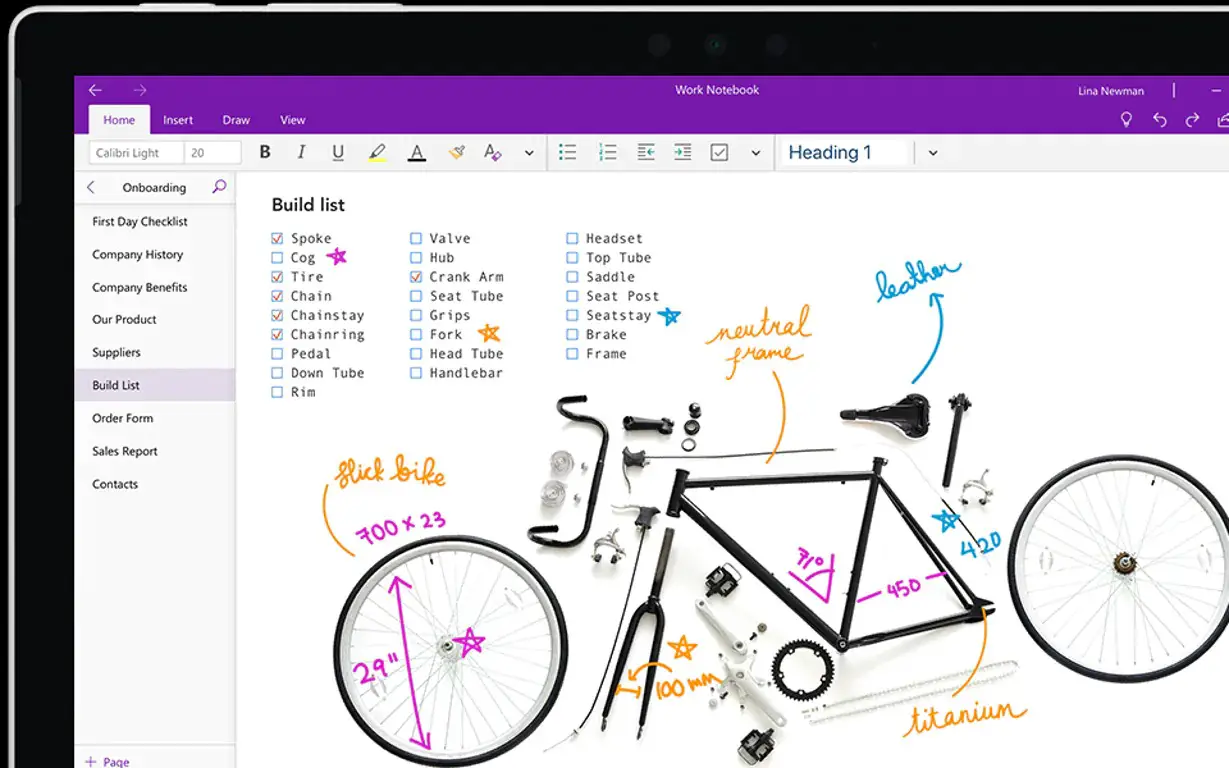


The “visual refresh” bit in the quote above links to Microsoft’s late June announcement about the Windows 11-inspired visual refresh it is providing to the core Office apps. “These updates include a visual refresh, the latest Microsoft pen and ink advancements, a new navigational UI layout option that can flex for customer preferences, and more.” “We’re excited to share that OneNote on Windows will get a series of updates over the next 12 months,” the OneNote team revealed last week. Now, the software giant says that it will revamp OneNote desktop to adopt the Windows 11 look and feel and will kill OneNote for Windows 10.

To edit any pages, you’ll do so from one of the four tabs lining the top of every Notebook.Microsoft had previously revealed that it would move forward with the desktop version of OneNote and OneNote for Windows 10. Need to scribble a few additions on top of someone’s grocery list? OneNote is tablet and stylus compatible, or you can even use your mouse if you’re feeling particularly artistic. RELATED: What's the Difference Between Office 365 and Office 2016?Īfter you’ve got your pages set up and you’re ready to start creating notes of your own, you’ll notice that OneNote works in a bit of a ‘scrapbook’ fashion, where text, images, and even drawings can all be spliced together in the same note to create a corkboard of various ideas and brainstormed concepts in a single place. If you want to overlay images on top of text, OneNote won’t stop you. While on the surface this may sound a tad overwhelming, once you start digging into OneNote it all starts to flow together seamlessly, and makes for an extensive note-taking app that doesn’t leave any stone unturned when it comes to packing as many features into one program as possible.


 0 kommentar(er)
0 kommentar(er)
